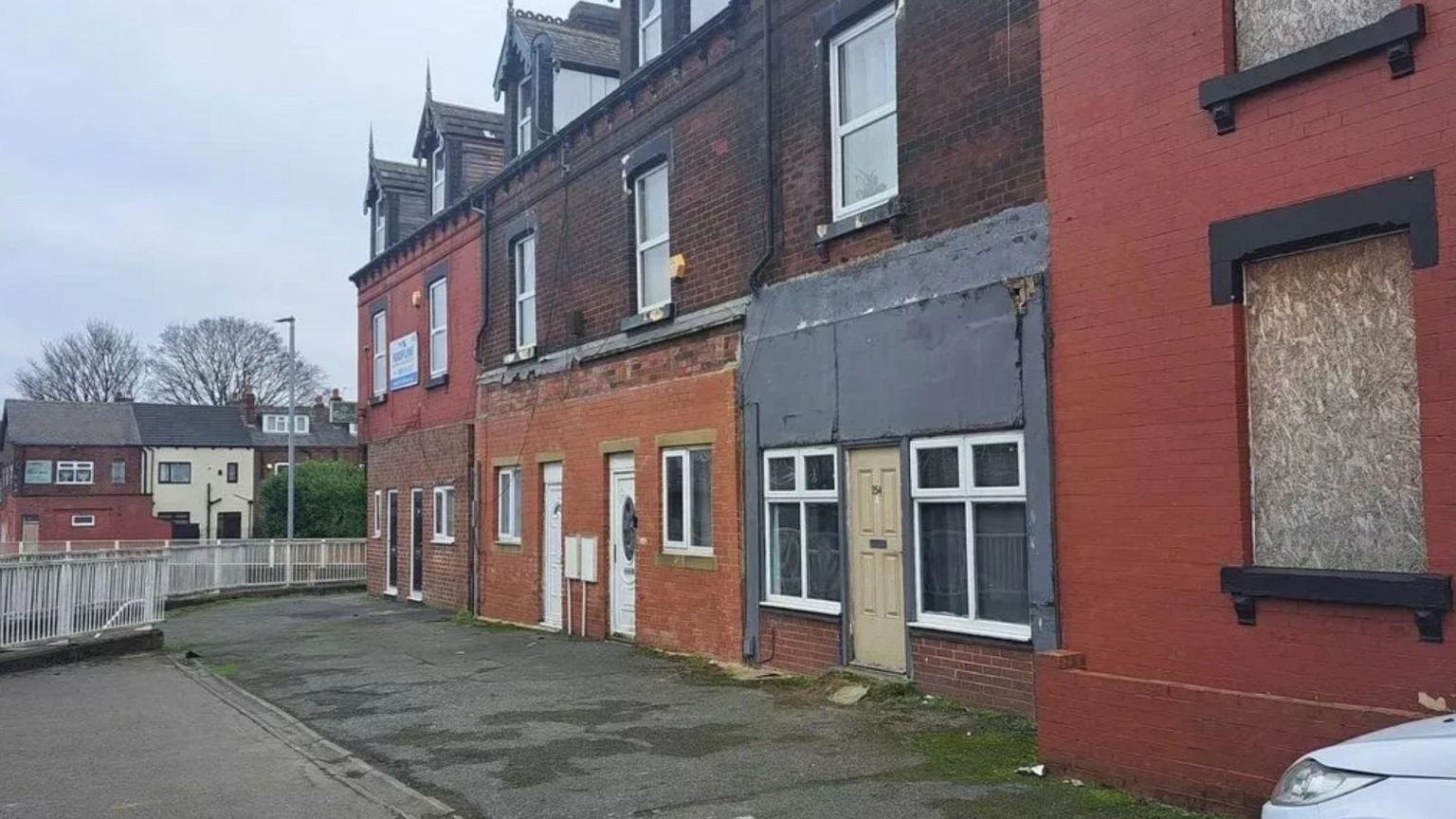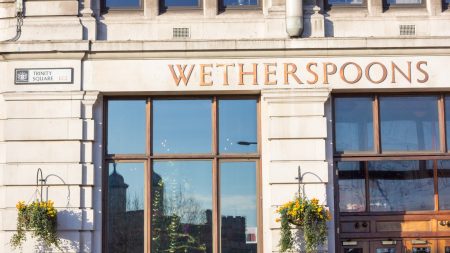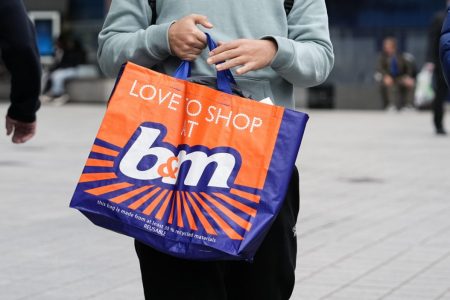A. The Decline of Ivy Mont: From Bustling High Street to "Rotting Eyesore"
Ivy Mont, a once-vibrant shopping street affectionately known as "the Front" in Leeds, has fallen into disrepair, sparking a heated debate among locals about its future. In the 1990s, Ivy Mont thrived as a community hub, boasting a diverse array of businesses, including a Post Office, doctor’s surgery, chemist, bakery, and greengrocer. Residents fondly recall the bustling atmosphere and the convenience of having essential services within easy reach. However, over time, the shops gradually closed down, leaving behind a row of boarded-up buildings that many now consider an eyesore. The decline of Ivy Mont reflects a broader trend of high street struggles across the UK, as changing consumer habits and online shopping have eroded the viability of traditional retail spaces.
B. Conflicting Visions for Ivy Mont’s Future: Housing vs. Revitalization
A recent Facebook post suggesting the conversion of the derelict shops into housing ignited a passionate discussion among residents. While some view residential development as a practical solution to address the blight and provide much-needed housing, others lament the loss of a once-cherished community asset. Those in favor of housing argue that it would breathe new life into the area, attracting residents and potentially stimulating the local economy. They point to the prevalence of housing along York Road, suggesting that the addition of more homes would seamlessly integrate into the existing urban fabric. Conversely, those opposed to the housing proposal emphasize the importance of preserving the street’s historical character and the potential for revitalizing the retail space. They recall the vibrant atmosphere of Ivy Mont’s heyday and believe that with proper investment, the street could once again become a thriving commercial and social center.
C. Nostalgia and Memories of a Bygone Era: "The Front" in its Prime
The debate over Ivy Mont’s future has unearthed a treasure trove of personal memories and anecdotes from residents who frequented the street in its prime. For many, Ivy Mont represents more than just a collection of shops; it embodies a sense of community and a connection to the past. Former residents share nostalgic stories of childhood excursions to the shops, the distinctive smells of the hardware store, and the anticipation of Friday trips to Barbara’s hairdressers. One resident even recounts finding her dream wedding dress in a charity shop on Ivy Mont, a testament to the street’s diverse offerings and its role in the lives of local residents. These personal narratives underscore the emotional significance of Ivy Mont and the sense of loss felt by many as its future hangs in the balance.
D. The Lewisham Shopping Centre Parallel: A Similar Struggle in South East London
The controversy surrounding Ivy Mont mirrors a similar situation unfolding in Lewisham, South East London, where plans to demolish the Lewisham Shopping Centre have been met with fierce opposition. Despite a lengthy consultation period, many locals feel their concerns have been ignored. The proposed redevelopment project, estimated to cost £1.3 billion, aims to create a modern shopping complex, new homes, and a live music venue. While the project promises significant improvements, residents worry about the potential disruption during the decade-long construction period and the loss of a familiar landmark. Just like in Leeds, the debate in Lewisham highlights the tension between progress and preservation, as communities grapple with the changing landscape of their urban environments.
E. The Broader Context: The Changing Face of High Streets and Community Spaces
The struggles of Ivy Mont and the Lewisham Shopping Centre reflect a wider phenomenon affecting high streets across the UK. The rise of online shopping, coupled with changing consumer preferences, has created significant challenges for traditional brick-and-mortar businesses. As a result, many high streets have experienced a decline in foot traffic, leading to shop closures and a sense of decay. The debate over how to revitalize these spaces often pits the need for modern development against the desire to preserve the character and history of these community hubs. The stories of Ivy Mont and Lewisham Shopping Centre serve as a reminder of the importance of community engagement and thoughtful urban planning in shaping the future of our towns and cities.
F. Balancing Progress and Preservation: Finding a Sustainable Solution for Ivy Mont and Beyond
The future of Ivy Mont remains uncertain, but the ongoing debate offers an opportunity to explore innovative solutions that balance the need for progress with the desire to preserve community character. Perhaps a mixed-use development, incorporating both residential and commercial spaces, could provide a viable compromise. Alternatively, a community-led initiative to revitalize the existing shops could breathe new life into the street while honoring its history. The key lies in engaging with residents, understanding their needs and aspirations, and working together to create a sustainable future for Ivy Mont and other struggling high streets across the UK. The challenge is to find a way to adapt to changing times while preserving the essence of what makes these spaces so valuable to the communities they serve.











